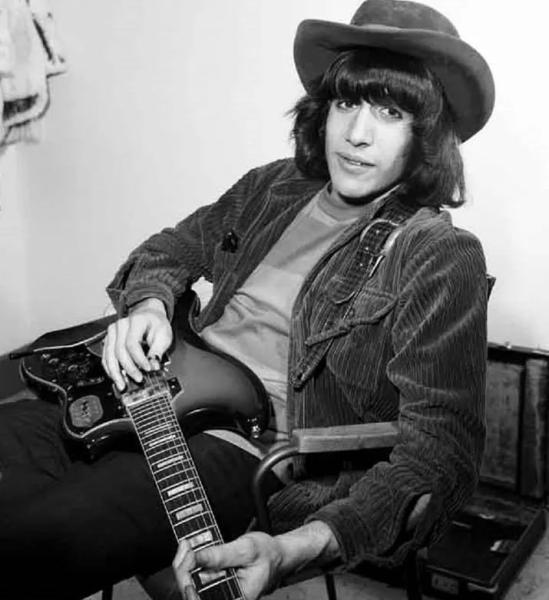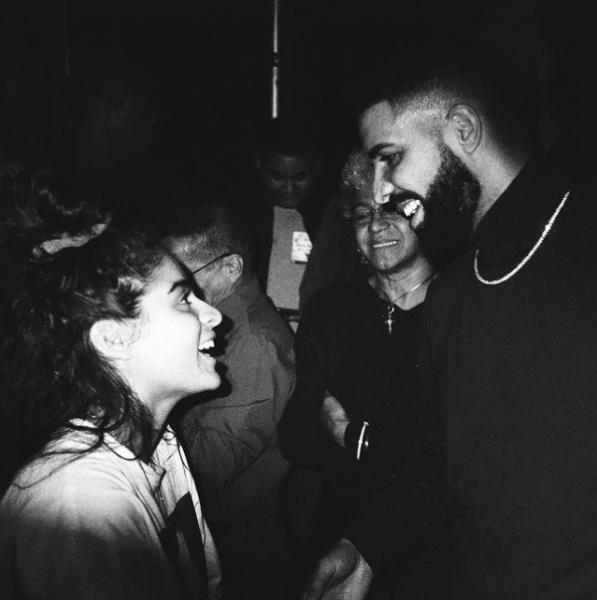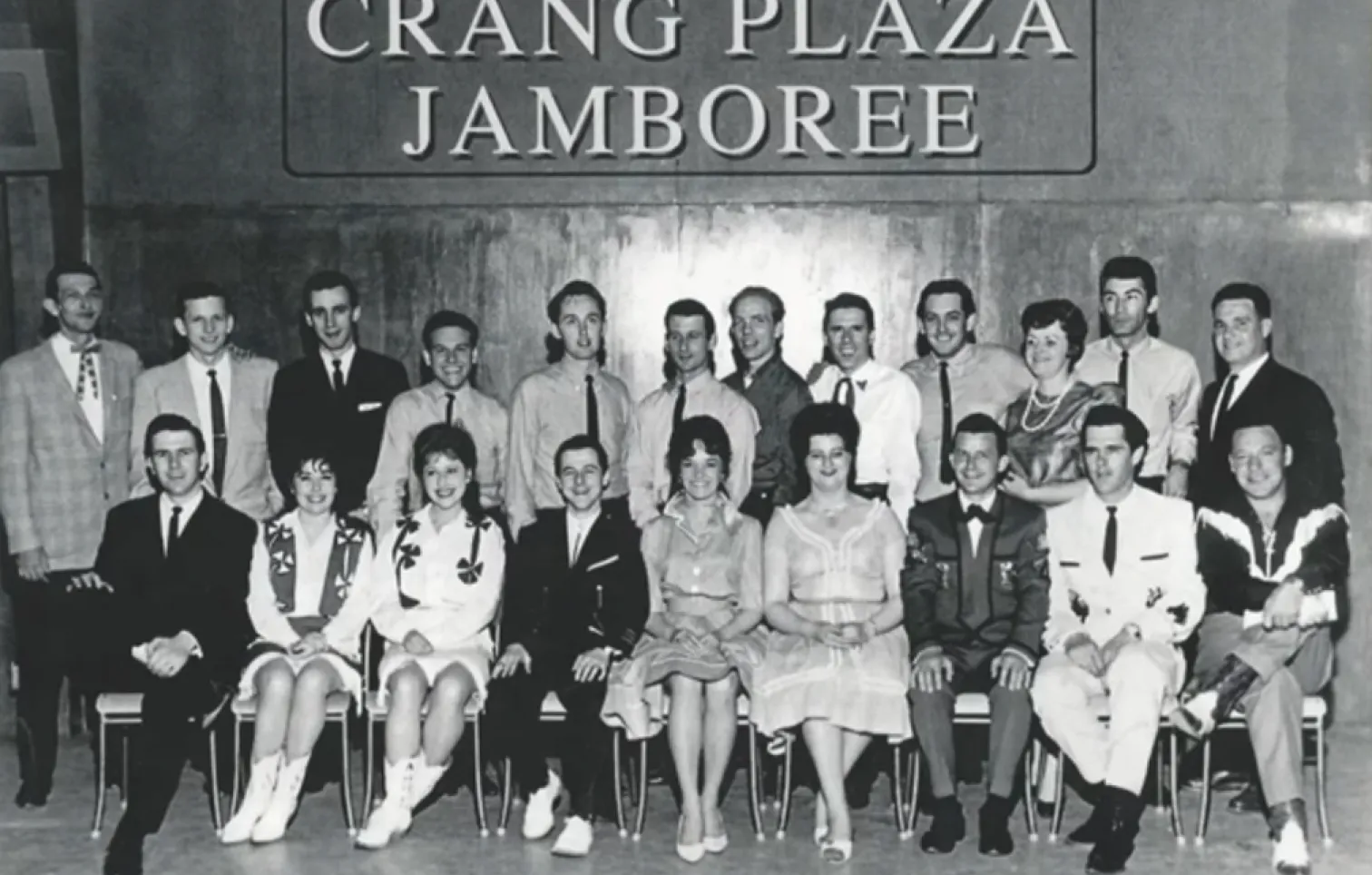Everyone knows that SARSStock, featuring the Rolling Stones, AC-DC, Rush and others, took place in Downsview. But few are aware that Downsview is also notable for once having Canada’s largest nightclub and an auditorium featuring Toronto’s biggest bands. In fact, Downsview at one time was a go-to destination for music lovers, who ventured uptown and “out west” to attend weekly dances in the neighbourhood’s community halls, church basements, and YMCAs. Country music and rock ’n’ roll were the early draws. But, later, the area also became a major breeding ground for hip-hop and R&B.

A deeper dive into this history reveals how live music in Downsview began in the late 1950s with country “jamborees” at the 200-seat Crang Plaza Auditorium, featuring major stars like Jim Reeves. Within a few years, country there gave way to the pop sounds of Roy Orbison, Bobby Goldsboro, Ike & Tina Turner, and such local stars as the Majestics, the Soul Searchers, the Tiaras, and the sensational transgendered soul star Jackie Shane. Things were always jumping at the Crang—one raucous band even drowned out NDP leader Tommy Douglas as he tried to deliver a campaign speech in another part of the building.
Over at the 700-seat Hook and Ladder nightclub, inside the Beverly Hills Motor Hotel, music legends like Brenda Lee, Duke Ellington, the Everly Brothers, and Carmen McRae drew audiences from downtown and the surrounding neighbourhood. By the middle of the ’70s, the Hook and Ladder shifted to the blues of B.B. King and the Caribbean sounds of Byron Lee & the Dragonnaires, reflecting audiences’ changing tastes and the neighbourhood’s demographics.

Further exploration finds concerts and dances taking place all around Downsview during the 1960s and ’70s, at Yorkwoods Village, the Amesbury Community Centre, York University, the YMCA, and Downsview Arena. And Downsview Collegiate (now Downsview Secondary School) not only featured dances but produced a number of students who went on to prominent music careers, including A Passing Fancy’s frontman Jay Telfer, David Clayton-Thomas bassist Scott Richards, Bruce Cockburn manager, and True North Records founder Bernie Finkelstein and Lovin’ Spoonful star Zal Yanovsky, whose father, interestingly, was the Jewish cartoonist of the Communist Party of Canada.

By the 1980s, ’90s and beyond, it has been Jane and Finch that has made the biggest contribution to Downsview music. Canadian hip-hop pioneers Michie Mee and Dream Warriors both have roots in that neighbourhood. More recently, rappers Pressa and Chuckie Akenz have emerged from the area, while R&B singers Glenn Lewis and Jully Black both once called Jane and Finch home. Perhaps the biggest recent star to come out of this part of the city is Jessie Reyez. The three-time Juno Award winning and Grammy nominated artist, whose Colombian parents raised her in the Jane and Finch ’hood, has collaborated with the likes of Calvin Harris and Eminem.

Downsview’s music history is surprisingly rich—and as stylistically varied as the area is ethnically diverse. Photographs and stories from artists, songwriters, managers, booking agents, and fans through the various decades will illustrate how much music has contributed to Downsview’s distinctive character.
More Stories

Little Manila & a Filipino–Downsview Connection
Toronto has been a destination for many Filipinos seeking opportunity and a new place to call home since the 1960s . At first the community tended to gather downtown around Church St, Parliament Street, and St James Town living in high rise apartments.

Downsview’s First Synagogue: Beth Am
You may recognize that line from the 1989 hit movie Field of Dreams. The central character, played by Kevin Costner, hears a voice instructing him to build a baseball field in the middle of an Iowa cornfield. If he did, the disgraced ballplayer Shoeless Joe Jackson, would magically appear. And he did.
